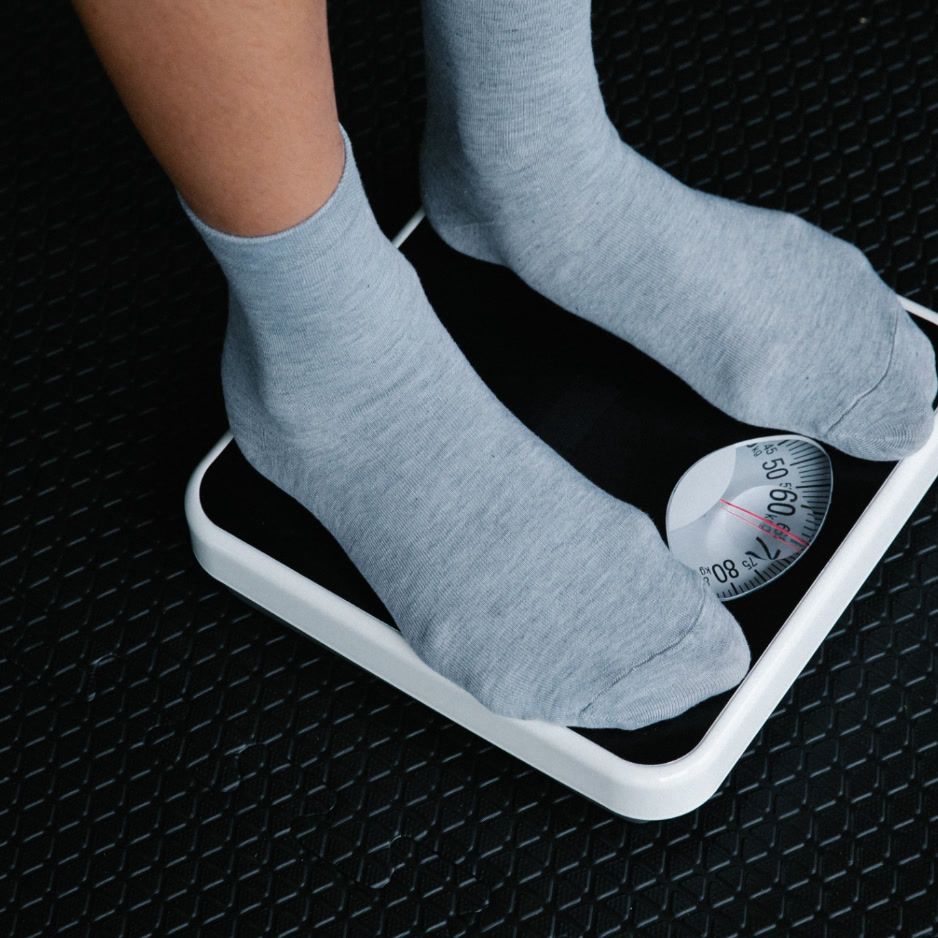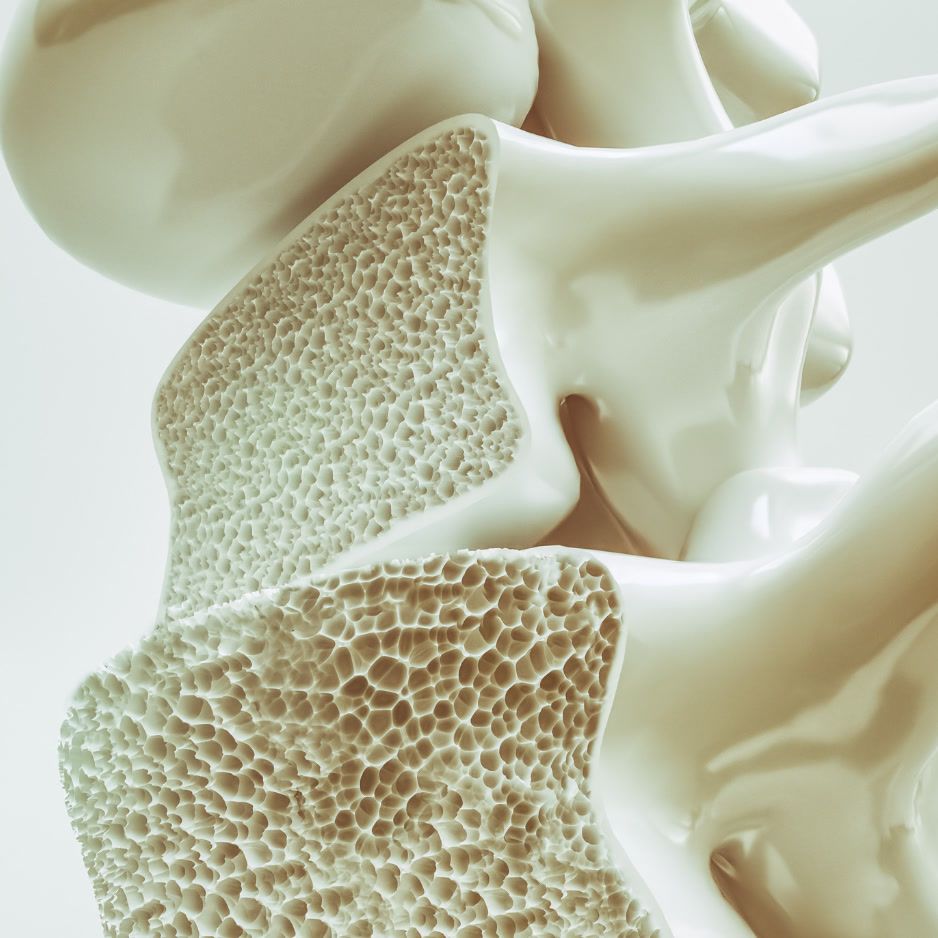Mind and Matter Post 2: Areas, Angles, and Muscle Physiology

Strength is not all about muscle mass.
In a previous post, we discussed the brain’s role in strength gains. Today, we examine the impact of the physiology and architecture of your muscle fibers. Turns out that these small details matter a lot!
Physiological Cross-Sectional Area
Imagine two people with the same body composition and the same bicep circumference, but different arm lengths. Holding other factors constant, they would have the same bicep strength, even though the person with longer arms has more actual muscle mass!
This is because a muscle’s ability to produce force is related to its physiological cross-sectional area (PCSA), not its total mass.
The concept of cross-sectional area usually refers to the area of a “slice” of something at its thickest point. For example, the cross-sectional area of this orange would be the area of the circular face revealed by slicing across the orange at its widest point.
While this concept seems intuitive, the calculation of PCSA for muscles is more complicated because most muscles aren’t like oranges!
Pennation Angle
Not all muscles are built alike. Muscles are arranged in groups of fibers, and the configuration of the fibers affects their ability to generate force.
For example, your ab muscles have fibers that simply run along the length of the tendon, in what is known as a parallel structure.
In contrast, your rectis femoris in your quad has a pennate structure. This muscle has fibers that are arranged at an angle from the tendon in a feather-like pattern.
That angle is important! The greater the pennation angle of the fibers, the better the muscle is at generating force.
This is because the angle of the pennate muscle fiber creates a mechanical advantage when it pulls on the bone and tendon. Additionally, you can pack more pennate muscle fibers in the same cross-sectional area.
In the diagram below depicting several pennate muscle fiber arrangements, the blue line represents regular cross-sectional area, as if we were treating each muscle like an orange to be sliced in half. The green lines represent PCSA, taking into consideration the varying pennation angles of the muscle fibers.
So What Does This All Mean?
When people build muscle, they frequently see strength gains. But this is because of increases in the PCSA, not in pure muscle mass.
However, as body size increases, the mass of a given muscle will increase more rapidly than PCSA. This is one of the reasons why smaller athletes tend to be stronger pound for pound than larger athletes.
And finally, if you’re wondering how to increase the pennation angles of your muscle fibers, you don’t have to worry too much! Pennation angle naturally increases with resistance training and hypertrophy.
Interested in learning more about muscle? We’ll pick up next time and discuss one of the more controversial topics – muscle fiber types and how much they actually matter for strength training.


